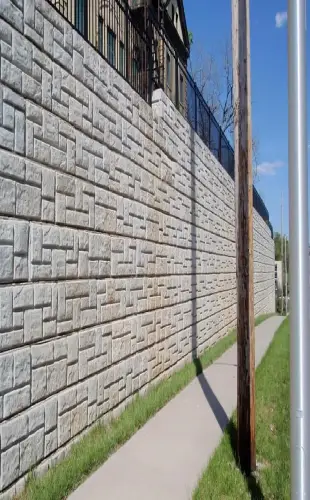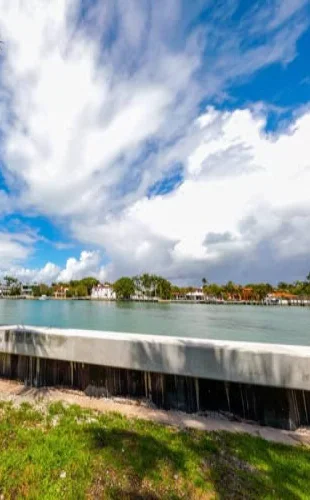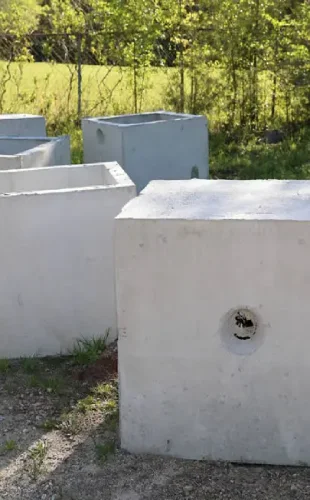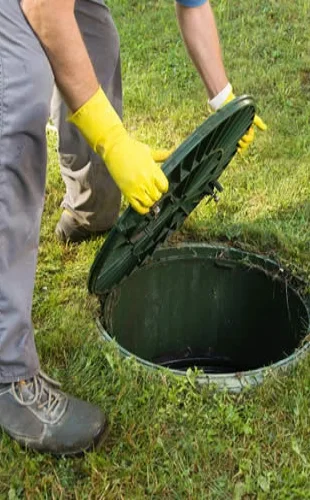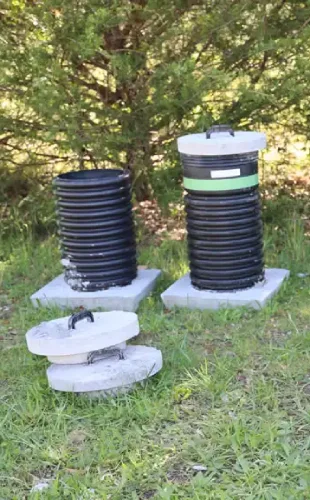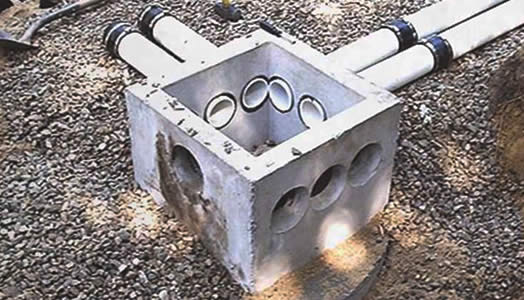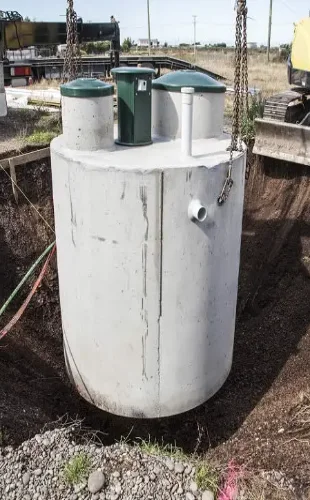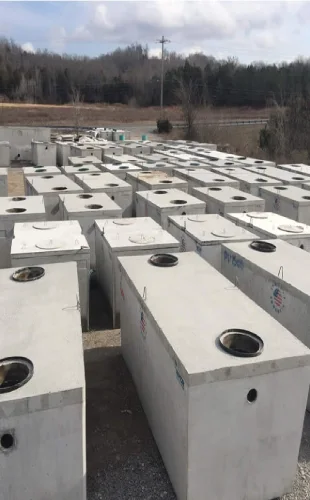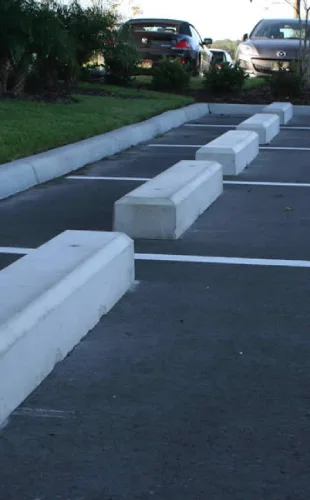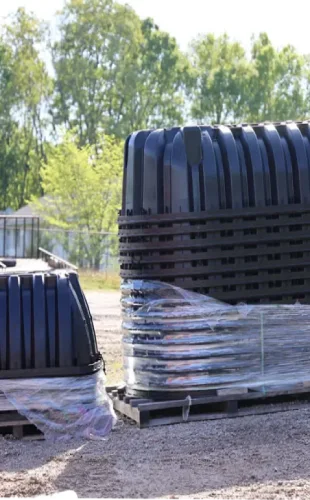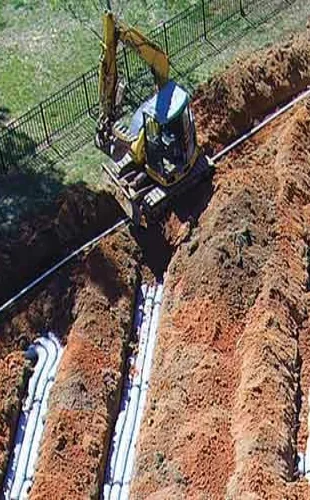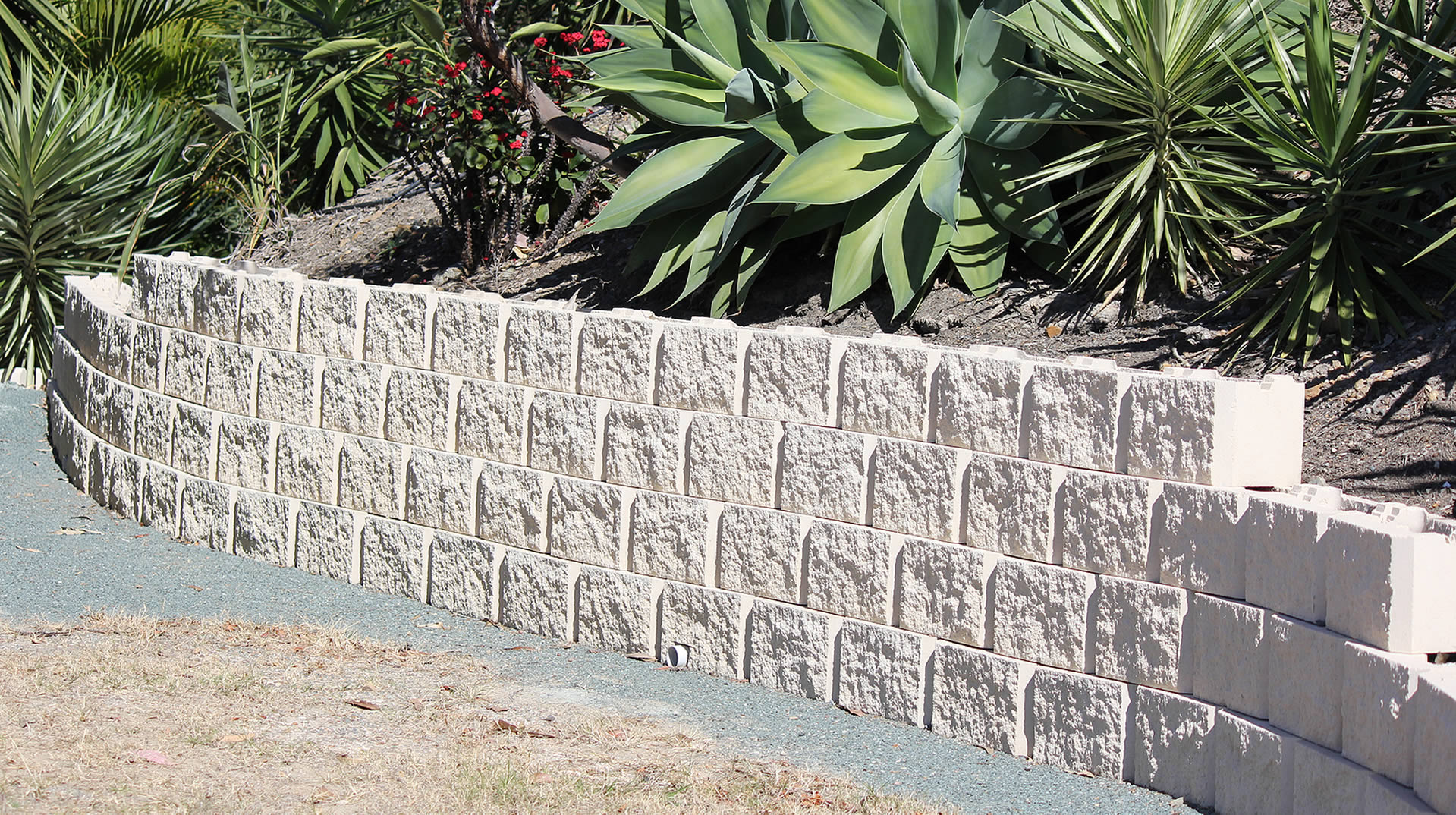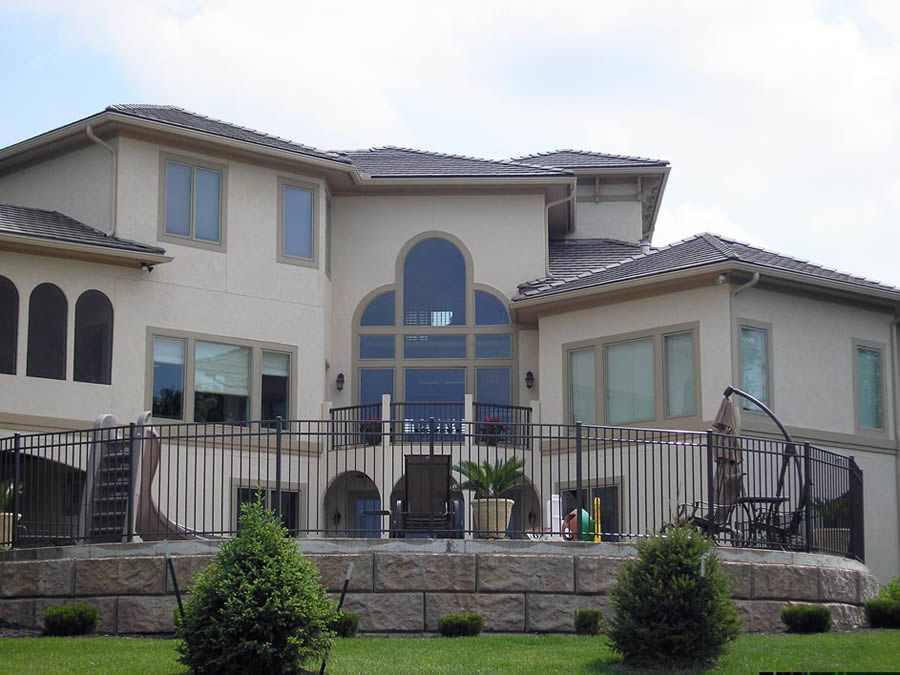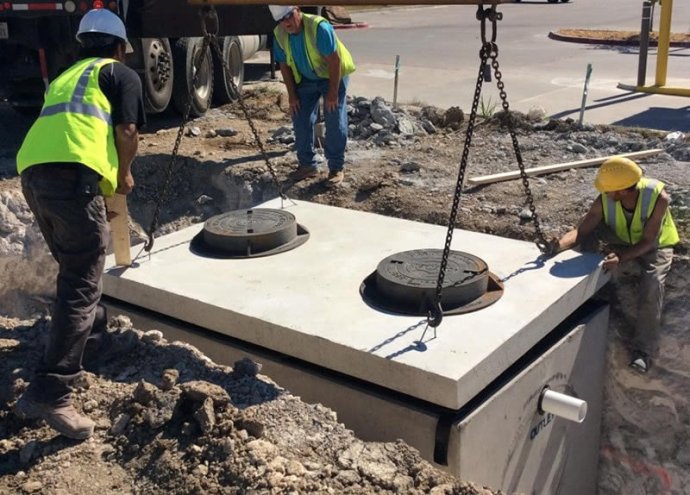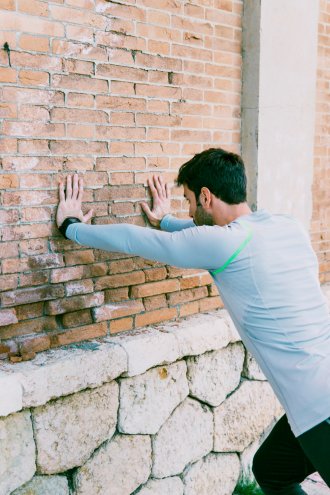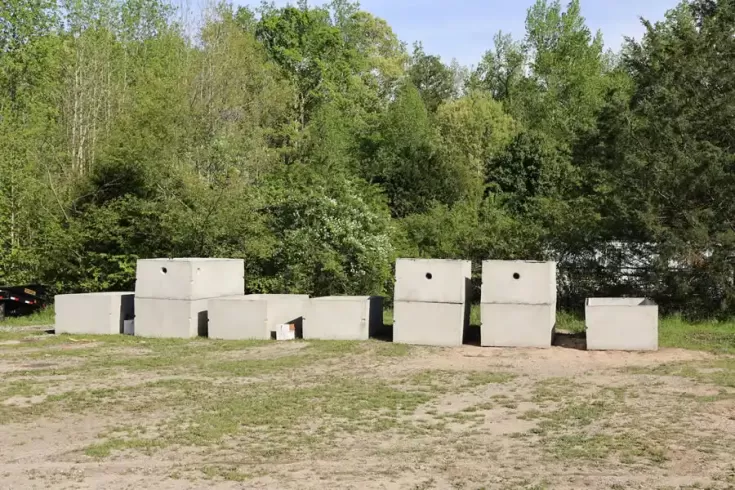Gravity
Gravity walls are designed to rely on their own weight to hold back soil. Constructed from heavy materials such as stone, concrete, or brick, these walls are known for their simplicity and durability. They are typically thicker at the base and taper towards the top, using gravity to stabilize the structure. Gravity walls are ideal for smaller projects and are relatively easy to construct. Their durable design makes them a popular choice for homeowners looking for a straightforward yet effective solution. They can be constructed in various shapes, including straight, curved, or terraced, depending on your landscaping needs. Their versatility makes them suitable for creating garden beds, defining property lines, or adding visual interest to your yard.
Cantilevered
Cantilevered retaining walls, also known as reinforced retaining walls, use a combination of concrete and steel reinforcement to hold back large amounts of soil. These walls are shaped like an inverted T, with a base slab and a thin stem that supports the wall. The main advantage of cantilevered walls is their ability to handle greater loads than gravity walls. They are often used in commercial applications but can be an excellent choice for residential properties with substantial height or load requirements. Cantilevered walls are particularly suitable for situations where space is limited, as they can be built to greater heights without taking up too much ground area. Their engineering allows them to resist pressure from behind the wall effectively, making them ideal for areas with steep slopes or for properties that are prone to erosion.
Sheet Piling
Sheet piling retaining walls are constructed using thin, interlocking sheets of steel, vinyl, or wood driven into the ground. They are effective in areas with soft soils or tight spaces where other wall types might not be feasible. Sheet piling walls are ideal for properties near water or where soil erosion is a concern. Their sleek design and quick installation make them a practical choice for many homeowners. These walls are commonly used in marine environments, such as along shorelines, canals, or riverbanks, to prevent soil erosion and stabilize the terrain. Their interlocking design ensures a tight seal, making them highly effective at retaining soil and preventing water from seeping through. Sheet piling walls can also be used in urban settings where space constraints require a slim yet strong retaining solution.
Anchored
Anchored retaining walls are reinforced with cables or other stay elements that are anchored into the rock or soil behind the wall. This additional support allows them to retain a significant amount of soil while maintaining a relatively thin profile. These walls are highly versatile and can be used in a variety of settings, including steep slopes and high walls. The added anchors provide exceptional stability, making them a reliable choice for challenging landscapes. The anchors, which can be either mechanical or grouted, provide additional resistance against soil movement, ensuring the wall remains stable over time. This makes anchored retaining walls ideal for properties with varying elevations or complex landscaping requirements.
Mechanically Stabilized Earth
Mechanically Stabilized Earth walls are made by layering compacted soil with reinforcing elements such as steel strips or geotextiles. These layers create a composite structure that is both strong and flexible, capable of handling large loads and accommodating ground movement. MSE walls are often used in commercial and industrial applications but are becoming increasingly popular in residential landscaping due to their adaptability and strength. They are ideal for creating terraces and multi-level gardens. The design of MSE walls allows for a high degree of customization, enabling the creation of unique and visually appealing structures. The use of geotextiles and other reinforcing materials ensures that the wall can adapt to ground movements, reducing the risk of failure. This makes MSE walls particularly suitable for areas with unstable soils or seismic activity.
Choosing the Right Retaining Wall
Selecting the right type of retaining wall for your property depends on various factors, including soil type, landscape design, and load requirements. Gravity walls offer simplicity and durability, while cantilevered walls provide modern support for larger projects. Sheet piling walls are perfect for tight spaces and soft soils, anchored walls add extra stability, and MSE walls offer engineered excellence for complex landscapes. No matter what kind of design you settle on, it’s important to purchase products from a reputable retaining walls manufacturer you can trust.
Are You Searching for a Local Retaining Walls Manufacturer?
Don't wait to transform your landscape with the perfect retaining wall. At Garrett Precast, we pride ourselves on being a dependable retaining walls supplier. Our team is ready to help you find the perfect solution for your residential property. Contact us today to learn more about our products.
